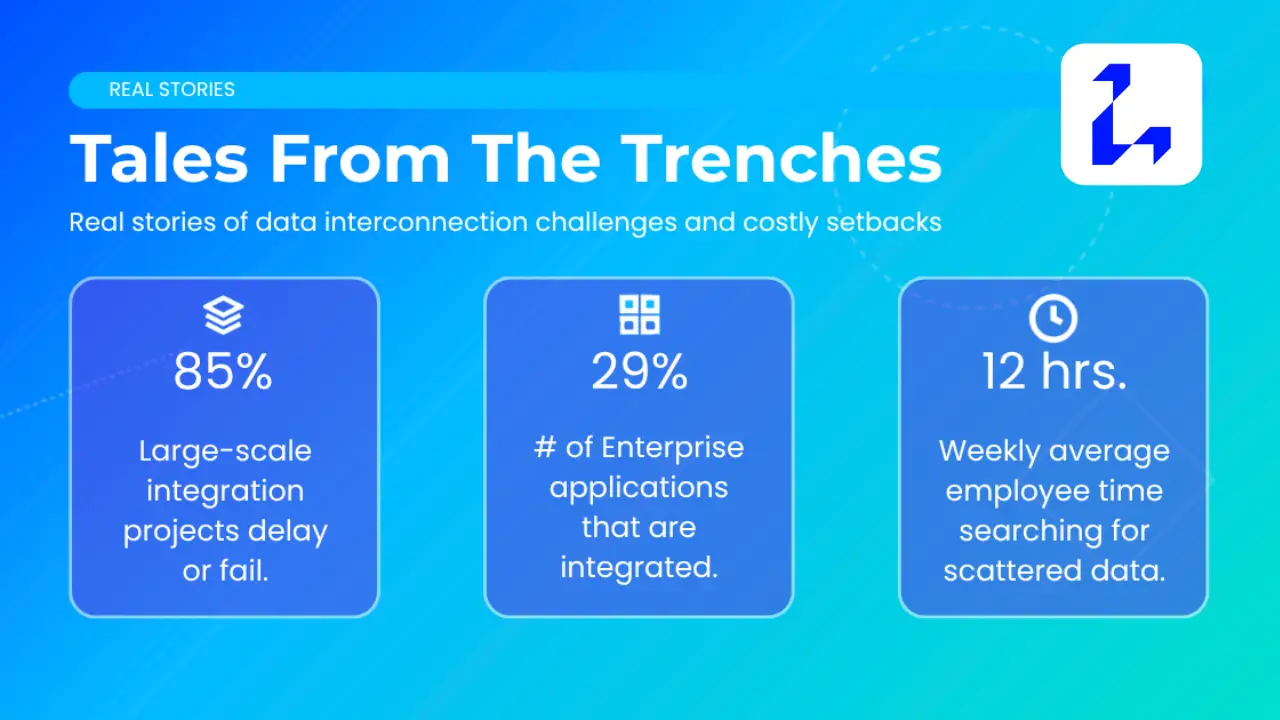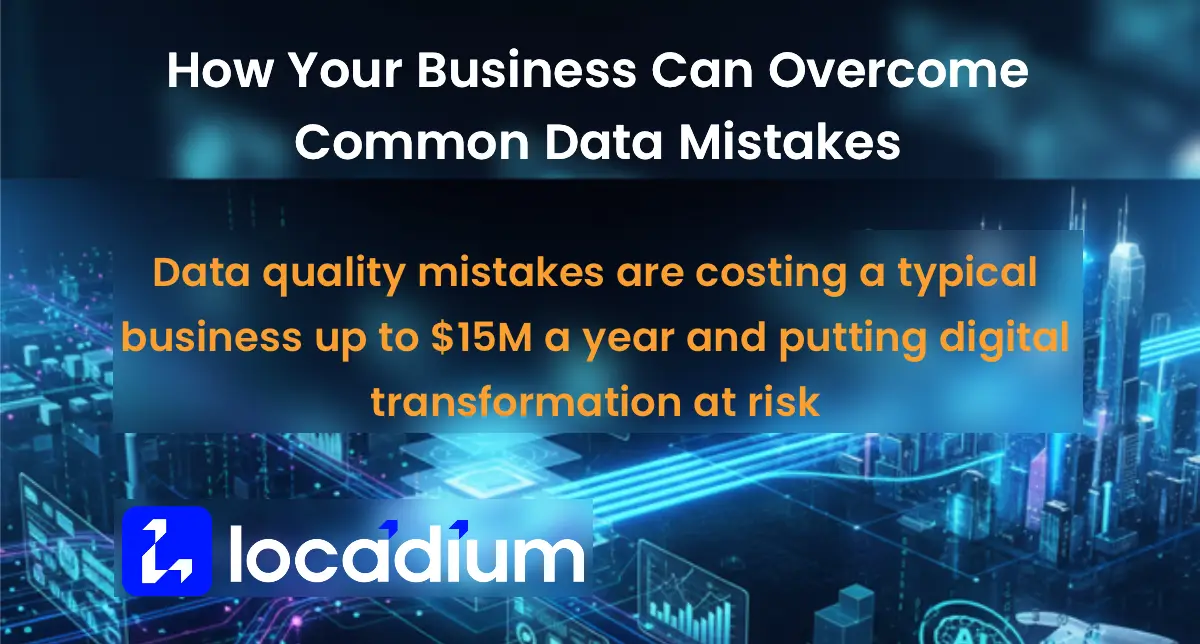In 2024, a global bank discovered that its customer-onboarding process was taking nine days on average — compared to an industry benchmark of three — due to fragmented data systems, undefined ownership, and no formal stewardship for its customer master domain (OvalEdge, 2024). This story underscores a critical truth: even the most advanced analytics and AI programs fail without foundational data governance.
For organizations pursuing data-driven transformation, the smartest first step isn’t enterprise-wide overhaul — it’s starting small, through stewardship.
The Challenge: Why Data Governance Often Fails — and Why Smaller Starts Succeed
Despite widespread recognition of its importance, up to 90 percent of data governance initiatives underperform(ISACA, 2023). Common causes include:
- Diffuse ownership: No one accountable for data quality or lineage (EWSolutions, 2023).
- Over-engineered launches: Big-bang programs take too long to show value.
- Cultural resistance: Without visible wins, governance feels like bureaucracy.
- Regulatory urgency without readiness: New mandates like the EU AI Act and global privacy laws add pressure but few have the structures to comply (ISACA, 2024).
Starting with one steward and one domain flips this dynamic — focusing effort where it counts and proving value quickly.
Identifying the Right Data Steward
A strong steward blends business insight with data literacy. Key attributes include:
- Deep understanding of business context.
- Cross-functional collaboration skills.
- Curiosity about data quality and lineage.
- Credibility with both IT and business leaders.
- A mindset of measurement and continuous improvement (Data Management Wiki, 2024).
Good candidates often sit in business operations or analytics, not necessarily IT. Look for someone who already bridges departments and has influence in the process they’ll govern.
Avoid common missteps: choosing purely technical profiles, assigning governance “off the side of the desk,” or neglecting executive sponsorship.
Selecting the Right Data Domain
Your first governance domain should be:
- Business-critical: Core to revenue, compliance, or customer trust.
- Manageable in scope: A defined dataset or process.
- Visible in impact: Improvements can be noticed quickly.
- Governance-ready: Some metadata or awareness of data issues already exists.
Typical starting domains include customer, product, or supplier data — each small enough to manage but strategic enough to demonstrate ROI.
The First 90 Days Roadmap
Here’s a practical roadmap for a first-time data steward:
Days 0-30
- Kick-off meeting: define the data domain, stakeholder list, goals and success metric.
- Map current state: data sources, owners, key systems, known data issues.
- Establish a weekly check-in with core stakeholders (business + IT).
- Identify one “quick win” (for example: fix a high-volume data error, document one key data element).
Days 30-60
- Develop and publish a simple business glossary for the domain (five-ten key terms).
- Define process for data issue logging and escalation.
- Begin measuring baseline: e.g., % completeness or error rate for the domain.
- Engage business users: training, awareness, establishing the steward as “go-to” for domain questions.
Days 60-90
- Deliver the quick win and publicise outcome (e.g., “customer duplicates reduced by X%”).
- Move to define data access and usage policies for the domain (who uses the data, for what purpose, how often).
- Set cadence for ongoing data quality monitoring (dashboard, weekly reports).
- Prepare next-phase plan: other domains or scale-up governance.
This sequence demonstrates real business progress within a quarter — creating trust and appetite for scale.
Measuring Success
Governance initiatives must be measurable. Here are categories and example KPIs for a single-domain stewardship initiative:
- Data quality metrics: accuracy rate (percentage of records correct) and completeness (percentage of required fields filled).
- Usage/engagement metrics: number of data access requests, number of business users enabled, catalog registration count.
- Stewardship metrics: number of data issue tickets logged/resolved, time to resolution, training completion rate.
- Business value metrics: time-to-value (how fast decisions improved), value-realisation rate (percentage of projects using trusted data).
- Compliance/risk metrics: number of policy exceptions, audit findings, unresolved sensitive data issues.
By tracking these metrics monthly (or quarterly) and reporting to business leadership, you create transparency — which fuels support and further investment.
Scaling Up: From One Steward to Many
Once your pilot domain delivers measurable improvement, expand methodically:
- Establish a stewardship council across domains.
- Reuse templates, glossaries, and workflows for consistency.
- Introduce automation tools for cataloging and lineage.
- Align metrics with enterprise KPIs and regulatory frameworks (GDPR, AI Act, CCPA).
- Report governance outcomes at the executive level — not just technical forums.
Success at small scale legitimizes further investment and embeds governance into business culture.
Closing Thoughts
Data governance doesn’t have to begin as a massive transformation. It can start with one person owning one domain — proving that clarity and accountability deliver rapid business value.
Locadium specialises in building data foundations that make analytics and AI successful. Our proven approach to governance begins with practical, high-impact initiatives that deliver measurable results. Whether you’re launching your first governance effort or strengthening existing practices, we’ll help you identify the right steward, establish effective processes, and scale with confidence.
Let’s accelerate your path to trusted data.





